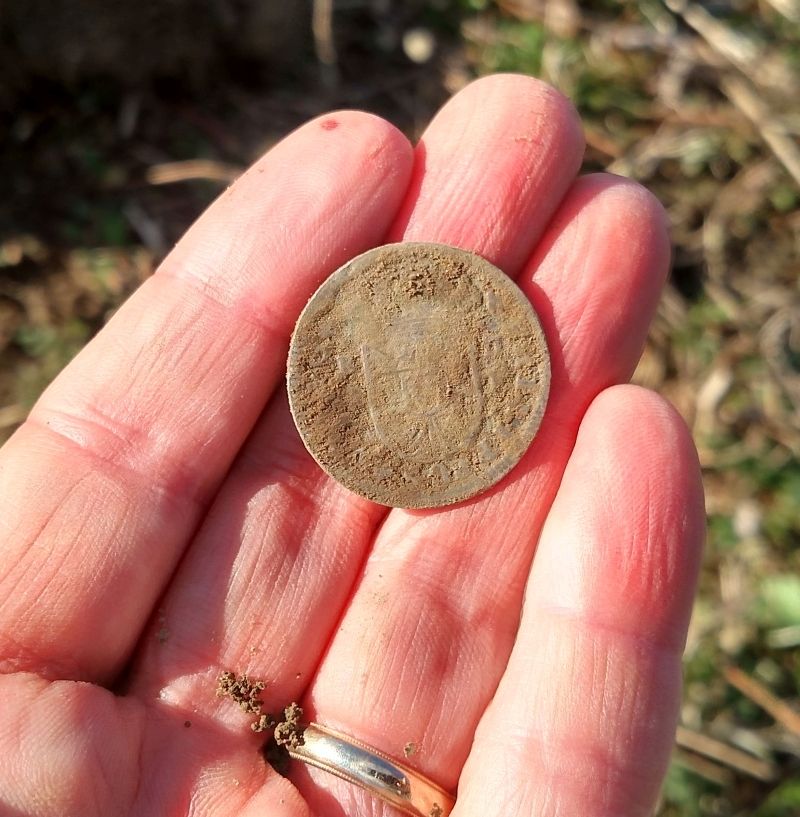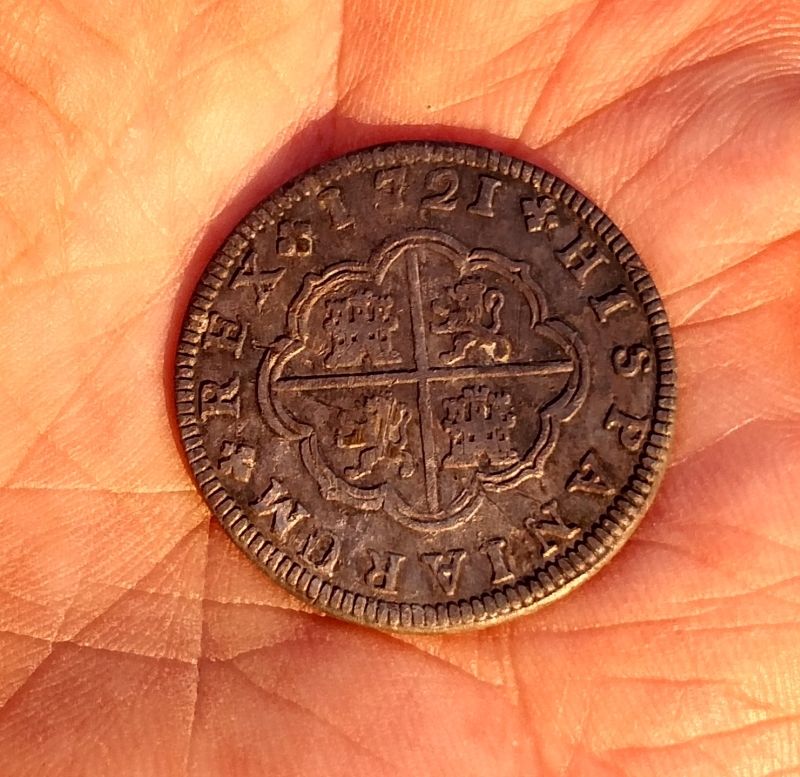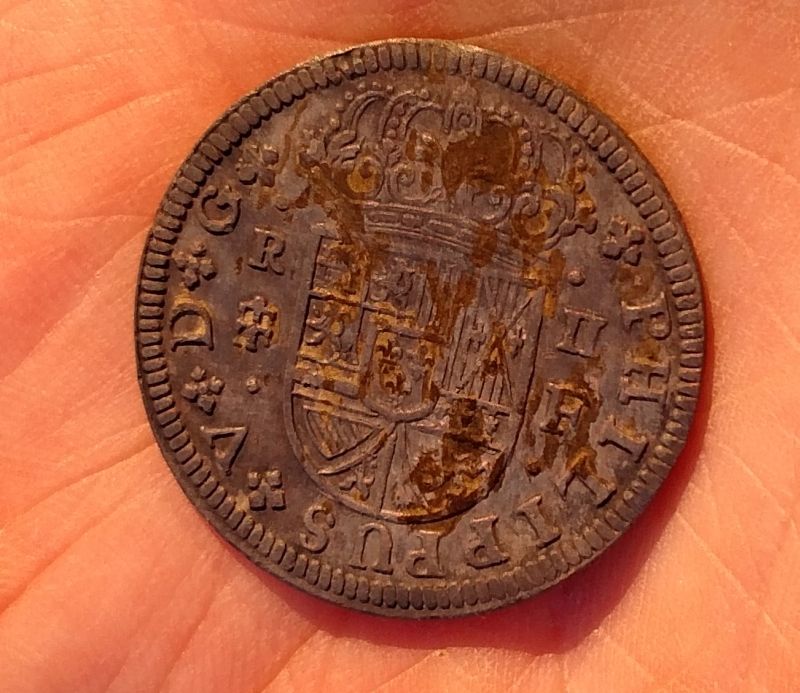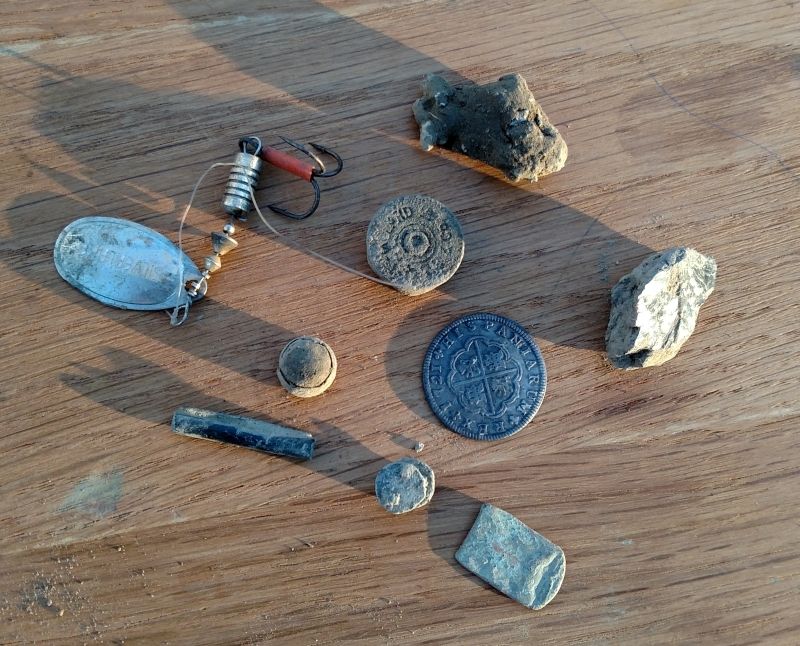Lodge Scent
Active member
I've been driving by an overgrown field every time I go check on my parents. Noticed it had been cut last week and thought I would give it a try this morning. Spent the first hour just digging a few bits of miscellaneous junk before I put my coil over this nice 1721 two Reales.



Not quite sure how a fishing lure got in the middle of the field.




Not quite sure how a fishing lure got in the middle of the field.
